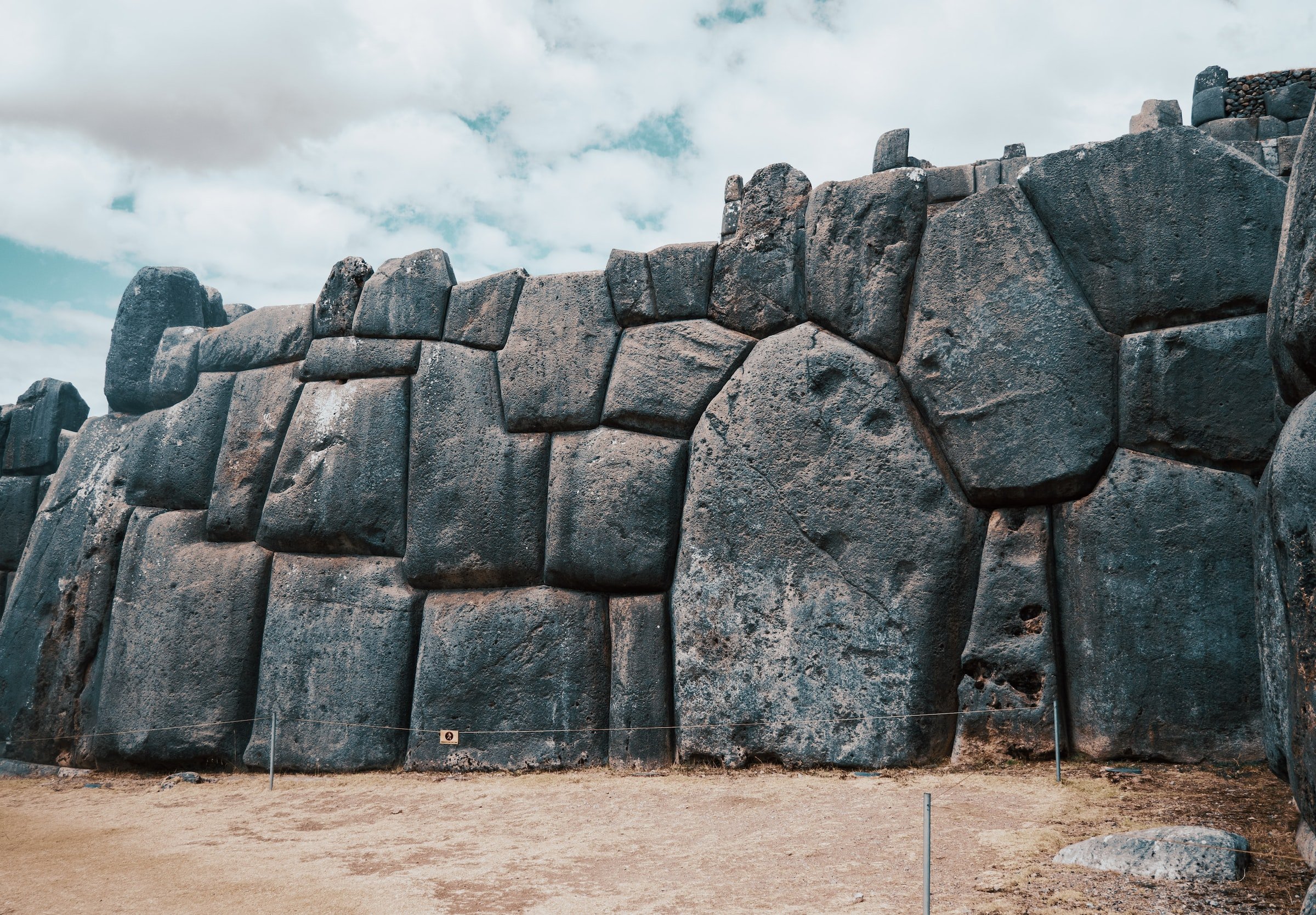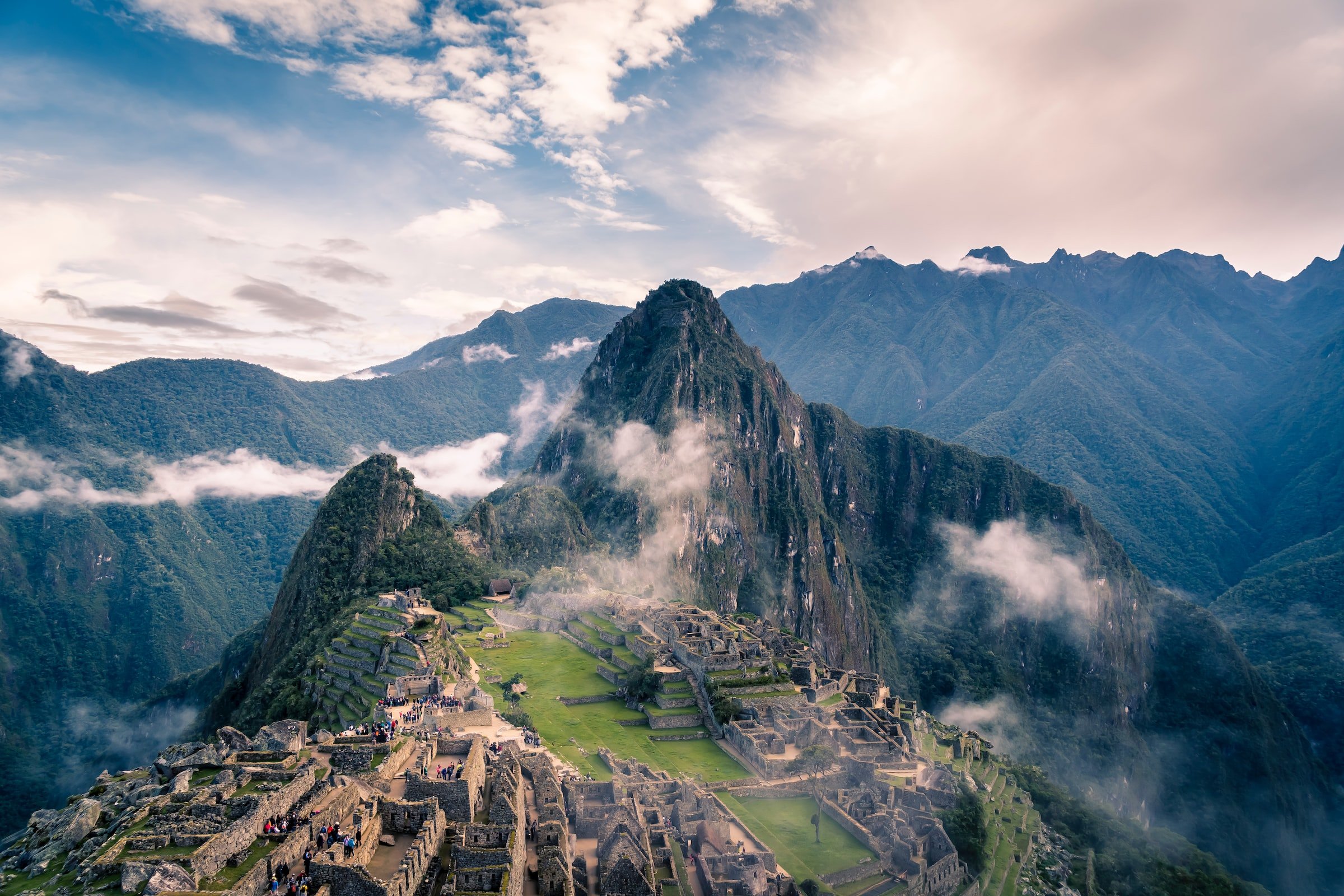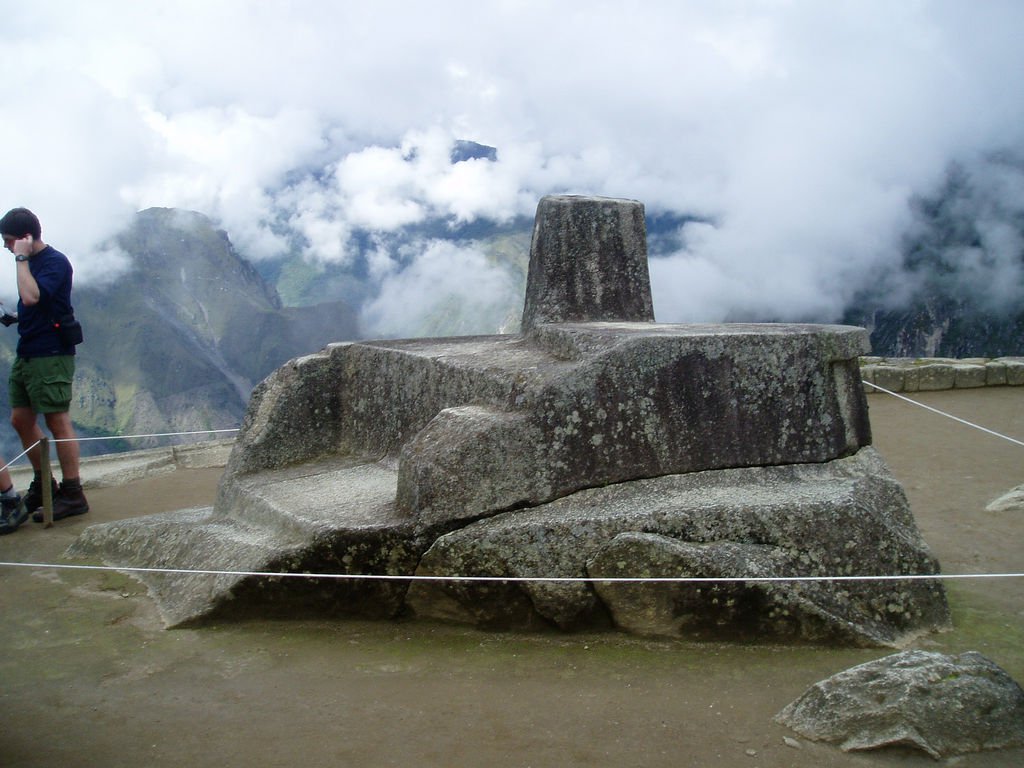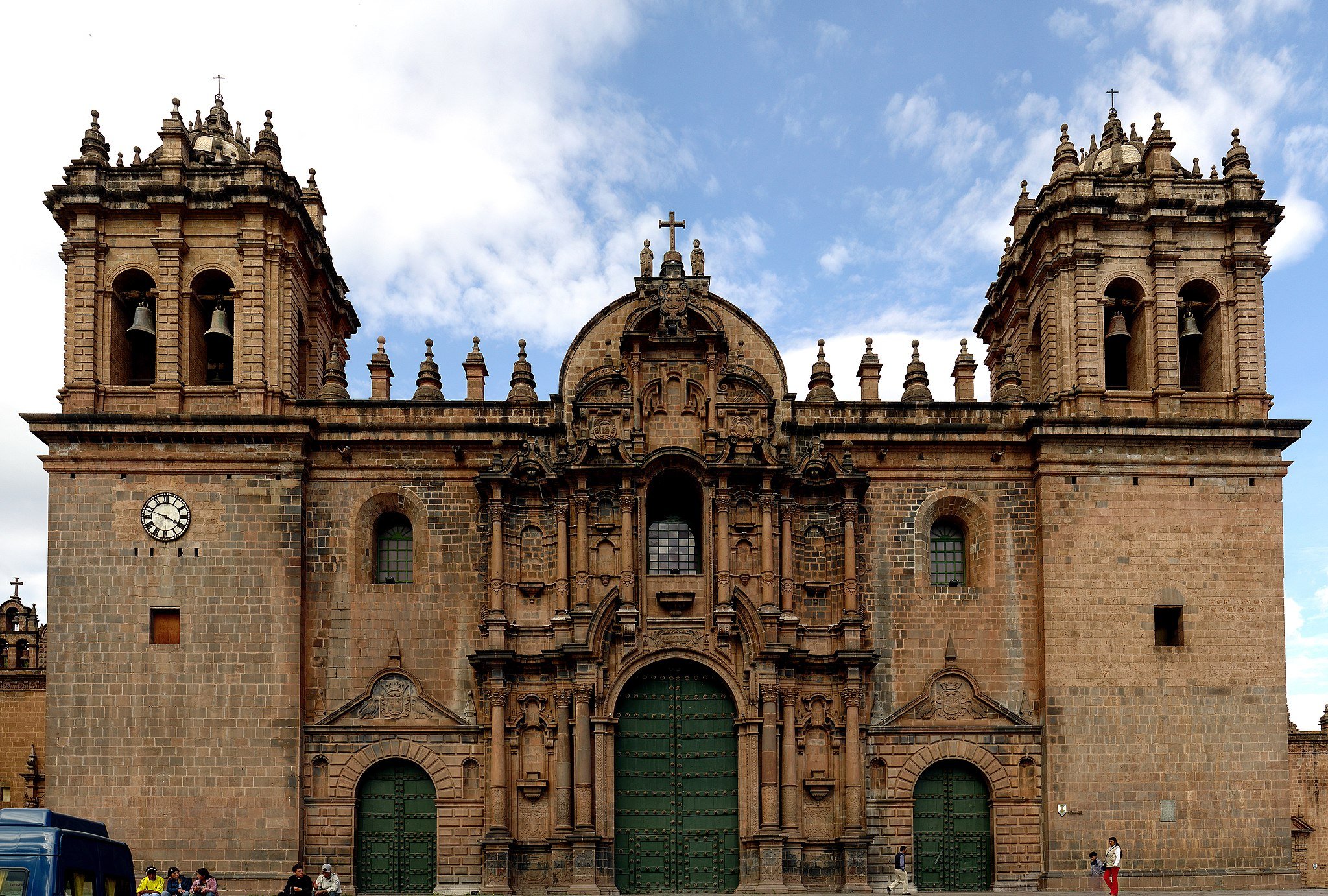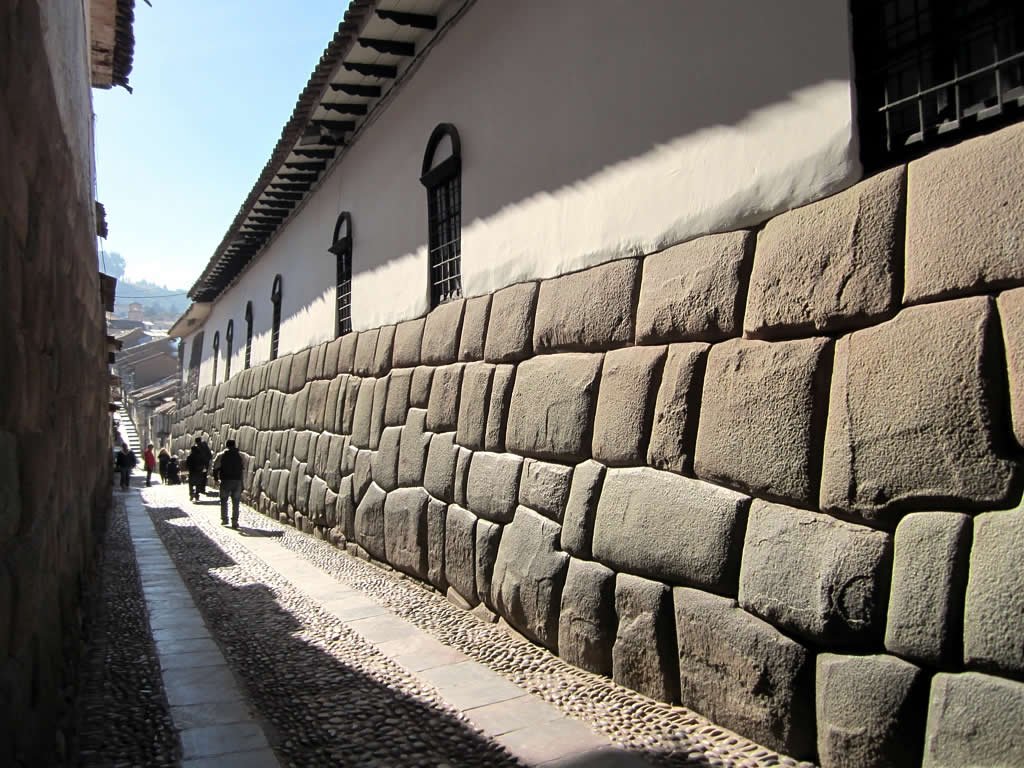Cusco—3 Historical Places to Visit
Origins: The Inca Empire
In the Peruvian Andes sitting around 11,150ft (3,400m) above sea level lies Cusco.
Some believe the original name Qusqu comes from the phrase qusqu wanka meaning ‘rock of the owl’. While others believe its from the Quechua word meaning navel or center. Cusco was the capital of the Inca Empire called Tawantinsuyu (Realm of the Four Parts).
At its height in the 16th century, this Inca Empire may have numbered around 12 million, with Cusco itself as large as 200,000 inhabitants.
The Killke people occupied these lands from 900-1200 AD and established a fortress here. When the Inca arrived in the 12th century and made Cusco their capital, they built a citadel of stone on top of the Killke fortress.
This brings us to our first building.
1. Saqsaywaman
On the northern outskirts of the city atop a steep hill sits this Inca citadel from the 15th century.
Under the ruler Pachacuti the city was laid out in the shape of a puma (a sacred animal to the Inca). The citadel formed the head and jaws of the puma with the rest of the city flowing out behind it. The fortress was made of large boulders that were carefully fitted together without mortar. Some stones weigh as much as 100-300 tons and can be 27ft (8.2m) high.
Saqsaywaman - Unsplash @rhfhanssen
The precision of these stones is unmatched.
Fitted together so perfectly, not even a single sheet of paper could fit between them. This craftsmanship along with their variety of interlocking shapes has helped the citadel withstand earthquakes over the centuries. Part of the citadel includes a plaza designed for communal activities or celebrations and could hold thousands of people.
The Throne of the Inca with seats cut from rock was made for nobles to sit during ceremonial activities.
Within a few years of the Spanish arriving they had begun using the stones from this complex as source material for their own buildings. Today the remaining stones on the site were the ones too large to be easily removed. Saqsaywaman remains a site of celebration.
Saqsaywaman - Unsplash @rhfhanssen
Today a traditional Incan ceremony Inti Raymi, in honor of the god Inti takes place every year during the winter solstice.
The Inca ruler Pachacuti (meaning reformer of the world) was credited with turning the Inca hamlet of Cusco into an empire. He is recognized as creating the Inti Raymi celebration and often affiliated with the Inti sun cult. And it was in Pachacuti’s honor that many archaeologists believe a winter home was built some 50 miles from Cusco.
This leads us to our next site.
2. Machu Picchu
You can reach Machu Picchu by foot taking the Inca Trail (normally a 4-5 day trek) or travel by train or helicopter.
After completing the Inca Trail, you’ll arrive at the southwestern end which is the only formal entrance to the site. Built in the 15th century archaeological discoveries at the site have suggested that it was a royal retreat for the Inca ruler Pachacuti. The Quechua language of the name Machu Picchu is sometimes referred to as ‘Old Mountain’.
Machu Picchu - Unsplash @willianjusten
Three notable buildings on the site are the Intihuatana, a Temple of the Sun, and the Room of Three Windows.
When the Spanish came to Cusco in 1533 they destroyed all of the Intihuatanas (ceremonial sun dials) they could find believing that the Incas’ religion was a crime. The Intihuatana at Machu Picchu was carved directly into the bedrock. And it was aligned with the sun at the winter solstice.
Intihuatana - CC 3.0 Justin Klein
The Temple of the Sun was built in honor of sun god Inti and is also aligned with the winter solstice.
Built to withstand earthquakes and heavy rainfall the site was undetected by the Spanish and the ruins were found nearly intact upon discovery in 1911. Occupied since the mid 15th century Machu Picchu was abandoned a century later. Some believe the at most 750 people that may have lived on site died from smallpox.
Why the site was abandoned is still a mystery today.
While the remains of the Inca empire can still be seen in its ruins they can also be seen throughout its capital city of Cusco. This leads us to our final building.
3. Cusco Cathedral
About a century before the Spanish arrived, the Incas built a temple called Kiswarkancha on the main square the Plaza de las Armas in Cusco.
The Spanish arrived in Cusco in 1533 and established a cathedral in its place in 1538. However the building wasn’t finished until nearly a century later. Stone was taken from Saqsaywaman to build the cathedral.
Built over almost a century its made of several styles including a Renaissance facade, and a Baroque, late-Gothic, and Plateresque interior.
Cusco Cathedral - CC 3.0 Martin St-Amant
To establish Catholicism as the new religion the Spanish forced the Inca to build the Cathedral. Stones were taken from nearby Saqsaywaman. The Inca did manage to add their own touch and included a carved head of a jaguar on the doors.
The Cathedral is also famous for its colonial paintings, many from painters educated in the Spanish established Cusco school of art.
Including, the most famous painting inside by Marco Zapata’s ‘The Last Supper’ from 1753 that features Peruvian dishes in the painting including a guinea pig as the main dish.
The Last Supper by Marco Zapata - Public Domain
Present Day
Today Cusco is an amalgamation of the Inca capital and colonial city with many of the Inca walls still seen under the Spanish construction. It also became one of the most important places for religious art of its time. This historical capital of Peru attracts over 2 million tourists per year.
View of Hatun Rumiyuq Street showing colonial construction on top of Inca walls - David Stanley CC 2.0
Deep dives
For a recounting of the history of the Spanish Conquest check out The Last Days of the Incas by Kim Macquarrie.
To learn more about Machu Picchu start by retracing the footsteps and expedition of the original explorer in Turn Right at Machu Picchu: Rediscovering the Lost City One Step at a Time by Mark Adams.
*As an Amazon Associate I may earn a small commission from qualifying purchases at no extra cost to you.

